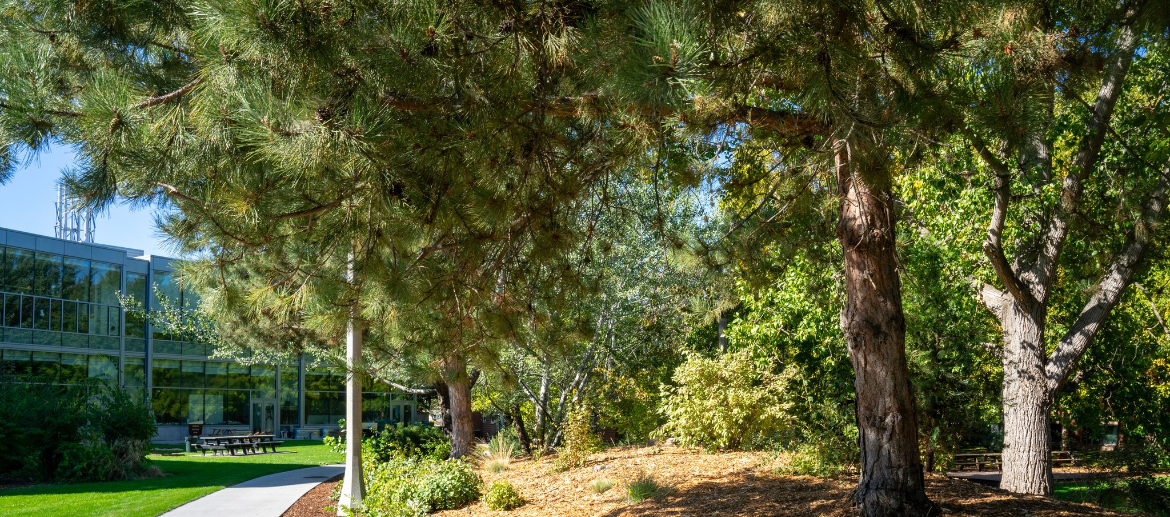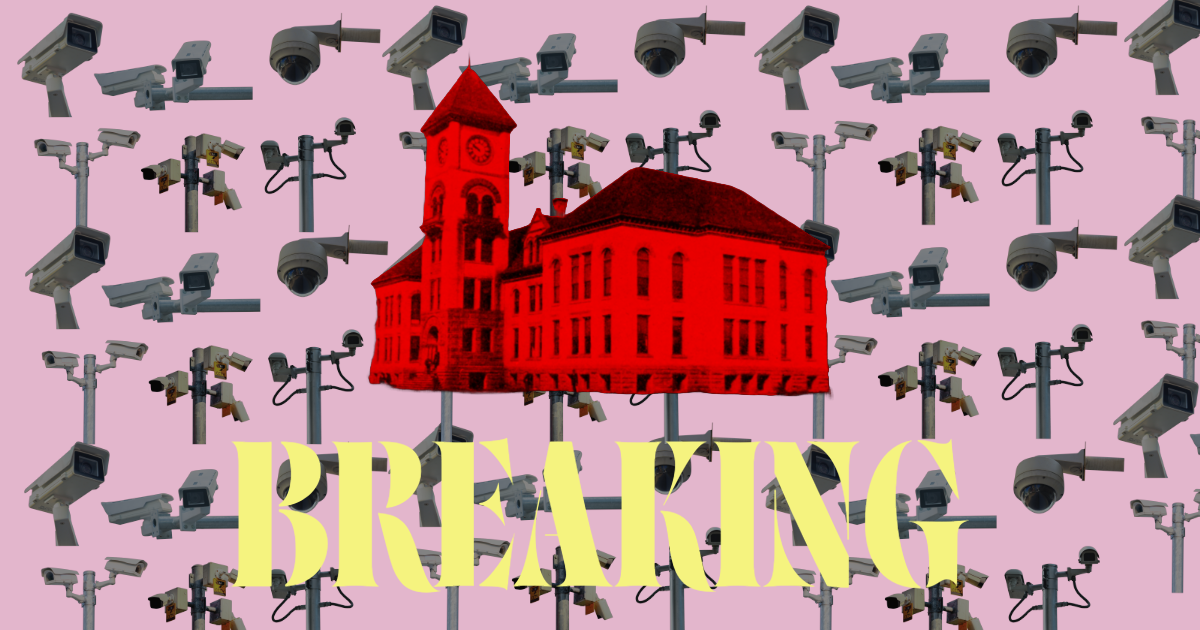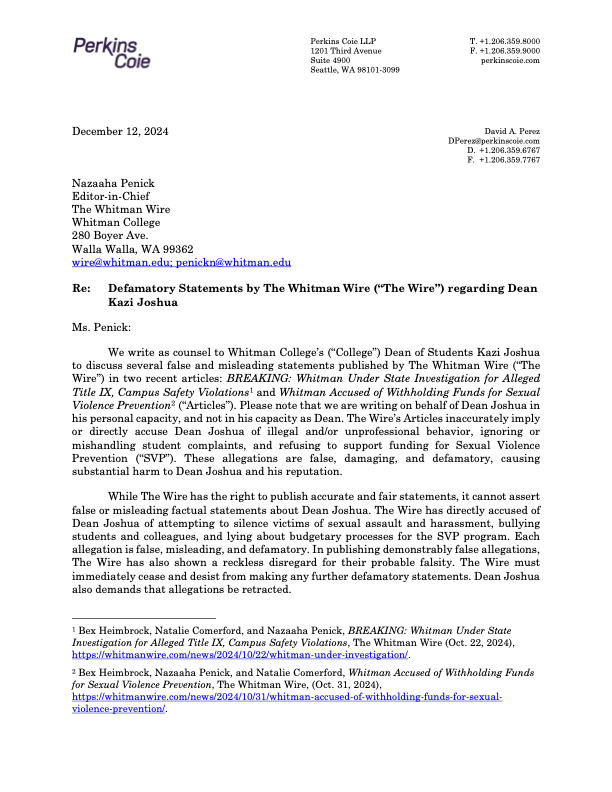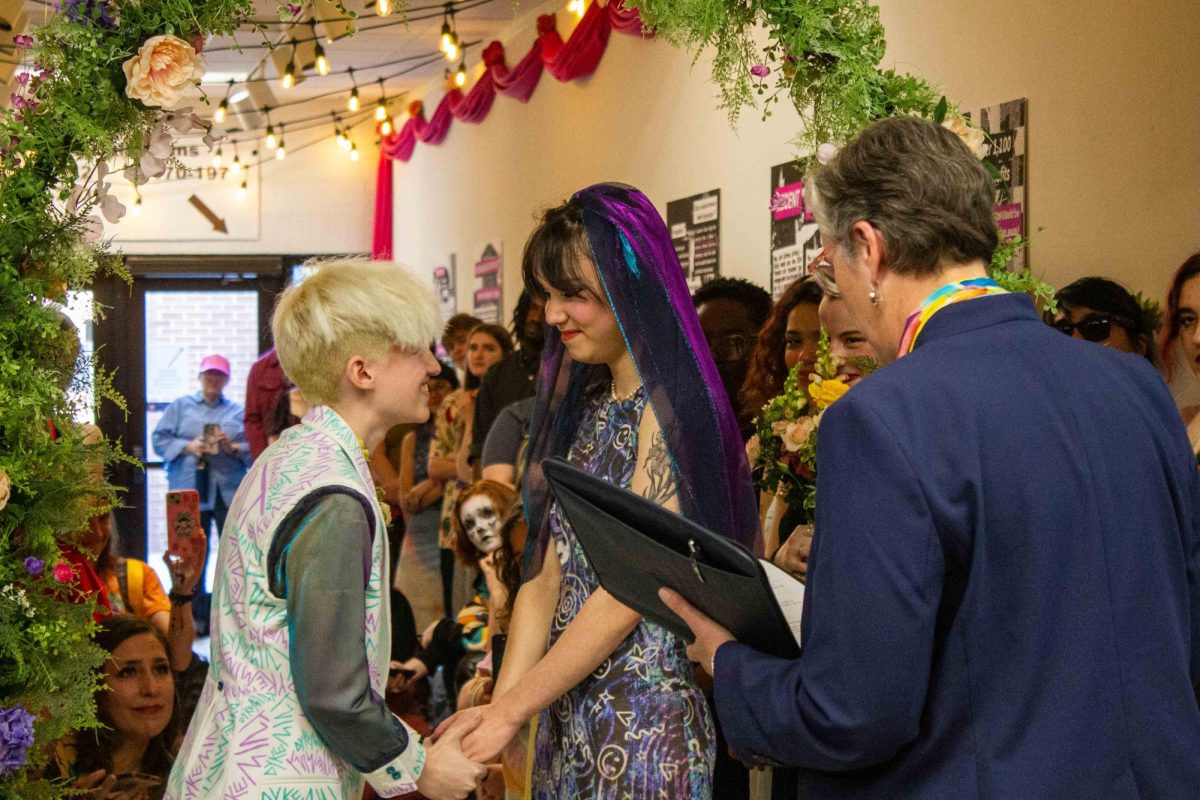On Sunday, Sept. 29, climate leaders hosted a get-together, or Green Out!, with engaged parties to think collectively about the future of sustainability and climate justice work on campus.
Like many things at Whitman, sustainability and climate justice efforts have seen a resurgence since the COVID-19 pandemic dramatically changed the extracurricular landscape on campus. Student efforts in Spring 2023 helped make climate action a strategic priority and new clubs have either resurfaced, like the Climate Justice Coalition (CJC), or been formed, like the Native Plants Restoration Coalition and the Salmon Conservation Club. With these moments in mind, students want to make sure this work can continue on even after they’ve graduated.
The ASWC Sustainability Committee is one place where the climate movement has had a consistent face at Whitman College. Valentina Garcia-Charles ‘27, the Chair of the Sustainability Committee, pointed out that they can be a valuable liaison between Whitman administration and students.
“Our committee is really just a way to let students know about what administration is doing on the side of sustainability,” Garcia-Charles said.
Students have been engaged in the sustainability around campus. Leaders like Megan Marshall ‘25, the Vice President of the Native Plant Restoration Coalition, pointed out the importance of continued student presence but noted that working towards goals shared by students, staff, faculty and administration was the ultimate goal.
“I would also like to see engagement in sustainability from academic departments and other offices on campus. Right now, it seems like sustainability is thought of as a goal that can only be accomplished in specific areas or by specific people,” Marshall said.
Garcia-Charles agrees. She pointed out that sustainability doesn’t need to be seen solely as an environmental project.
“Sustainability does not just mean environment, but it means economical, social and environmental factors,” Garcia-Charles said.
She pointed out that working with the ASWC Diversity, Equity and Inclusion committee could be a good way to strengthen the holistic approach to sustainability.
Other students pointed out the need to emphasize diversity and inclusion in the realm of climate work. The President of the Climate Justice Coalition, Anna Shimkus ‘26, noted that one student at the Green Out! made important comments about the exclusivity in spaces focused on sustainability work.
“Something that we’re thinking about is, “How do we make access to environmental initiatives more open regardless of previous knowledge?” Thinking about putting together a crash course of sorts and the history of, not just sustainability, but everything encompassing the environment at Whitman,” Shimkus said.
For her, many of these ideas were supported by important reminders at the Green Out! event.
“There was a club leader who gave everyone a reality check about the whiteness of sustainability and the outdoors in general,” Shimkus said.
For many club leaders, centering issues like salmon conservation and native plant restoration, which are deeply connected to Indigenous ways of life, is one way to begin solving this problem.
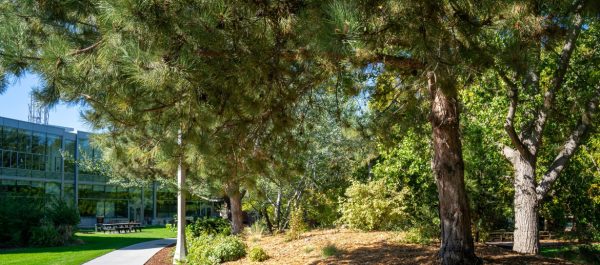
All in all, it was clear that students could identify the current challenges that remain on the Whitman College campus and had unique ways to go about solving them. Garcia-Charles pointed to the possibilities her position has, explaining that in lieu of adequate financial support for climate projects, ASWC can often foot the bill.
“Where ASWC plays a role is the divestment money. Using that for larger projects and presenting that to administration. Here’s an idea, and we have the funds for this to present the whole picture,” Garcia-Charles said.
The divestment money that Garcia-Charles mentioned was the result of an ASWC vote, which pulled ASWC investments from a number of companies that were deemed immoral. Hundreds of thousands of dollars are available for projects, but students with various ideas need guidance to make those projects a reality. Shimkus hopes the CJC’s role on campus can be general in helping build a coalition and get these projects off the ground.
“We’ve been working on how we can collaborate with other environmental clubs because there’s so much overlap in the things we’re interested in and there’s so much programming on campus that it feels counterproductive to add to that,” Shimkus said.
Both Marshall and Garcia-Charles pointed to the Salmon Film Festival as a strong example of collaboration.
“The Salmon Film Festival held last spring was an amazing example of a collaboration between students, the college and the wider community. I hope that we can have more similar events as well as smaller-scale communications,” Marshall said.
She also pointed extensively to her own interests in agriculture, highlighting both the general hopes for sustainability efforts on campus and the value of having many voices with different interests and goals.
Although concerns still exist, students seem open and eager to work with each other and move the student side of climate justice into a new, exciting and successful era where all voices are centered and organized for the sake of broader climate goals.


